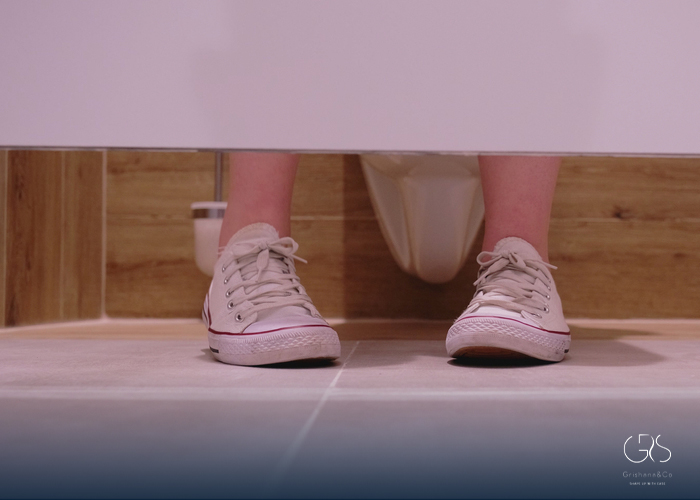Squatting or hovering over a toilet seat has become a common practice amongst people who are concerned about maintaining cleanliness in public restrooms. While squatting over the toilet may seem like a good idea to avoid germs, it can actually cause more harm than good. This article aims to examine the implications of squatting over a toilet seat, offer alternative measures, and delve into diverse perspectives on this practice.
What Happens When You Squat or Hover Over a Toilet Seat?
When individuals squat or hover over a toilet seat, they may come into contact with the potentially germ-ridden floor, which can compromise their initial intent of maintaining cleanliness. Squatting can lead to discomfort, muscle strain, and potentially contribute to future bowel or bladder problems . Additionally, this practice can hinder the ability to fully empty the bladder and bowels, potentially leading to issues such as incomplete voiding, urinary tract infections, or constipation.
Furthermore, squatting or hovering over a toilet can potentially contribute to the spread of bacteria and germs into the air during the flushing process. This phenomenon, known as the “toilet plume,” can disperse microorganisms like Staphylococcus, Salmonella, and E. coli into the surrounding environment, increasing the likelihood of exposure to harmful pathogens .
What to Do Instead of Squatting?
To maintain hygiene in public restrooms without resorting to squatting or hovering, individuals can adopt alternative measures. Wiping the toilet seat with antiseptic wipes or using disposable seat covers can act as effective protective barriers, reducing direct contact with potentially contaminated surfaces . Additionally, conscientious and thorough handwashing after using the bathroom remains crucial in preventing the transmission of germs and pathogens .

The Importance of Hygiene Education and Facilities Maintenance
It is imperative to emphasize the importance of hygiene education and the maintenance of restroom facilities. Public health organizations and facility managers should ensure that restrooms undergo regular cleaning and disinfection protocols to minimize the risk of germ transmission. Equipping individuals with accurate information about proper restroom hygiene practices can empower them to make informed decisions and contribute to a safer and healthier restroom environment for all.
Considerations for Personal Health and Public Safety
When assessing the practice of squatting over a toilet seat, it is vital to consider diverse perspectives and weigh the practical implications against the perceived benefits. Both personal health considerations and broader public health and safety factors should be taken into account. By fostering a comprehensive understanding of the potential risks and benefits associated with restroom practices, individuals and organizations can work towards promoting a more hygienic and comfortable restroom experience for everyone.
Conclusion:
While the practice of squatting over a toilet seat may stem from concerns about maintaining cleanliness, it can lead to unintended health consequences and contribute to the spread of germs. By implementing alternative measures, such as using seat covers and practicing thorough hand hygiene, individuals can uphold restroom cleanliness without compromising their health. Furthermore, an emphasis on hygiene education and facilities maintenance is essential for creating safer and more hygienic restroom environments.
Sources
- Medical News Today, What is the best poop position?
- Healthline, Squatty Potty: Does It Really Work and Is It Right for You?





